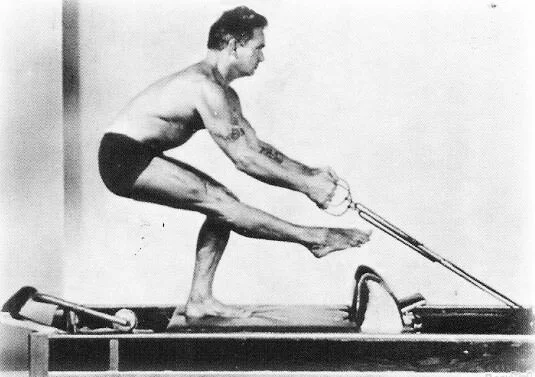Pilates Roots
Pilates is a form of exercise that was developed by Joseph Pilates in the early 20th century. Joseph Hubertus Pilates was born in Germany in 1883. As a child, he suffered from various illnesses, including asthma and rickets, which motivated him to explore different physical activities to improve his health.
In the 1920s, Joseph Pilates emigrated to the United States and opened a studio in New York City. He called his method "Contrology," emphasizing the mind's control over the muscles. Over time, the method gained popularity, especially among dancers and athletes, for its focus on core strength, flexibility, body awareness, and overall body conditioning.
After Joseph Pilates' death in 1967, his method continued to evolve and gain widespread recognition. Today, Pilates is practiced worldwide and has become a popular form of exercise for people of all ages and fitness levels. The exercises are often done on a mat or using specialized equipment, such as the reformer, which Joseph Pilates himself designed.
Pilates is a form of exercise that focuses on improving flexibility, strength, and overall body awareness. While many muscles are engaged during Pilates exercises, some specific muscle groups are commonly targeted. The emphasis on these muscle groups can vary depending on the specific exercise or routine.
Here are some key muscle groups often targeted in Pilates
-
Core Muscles
Rectus Abdominis:
Located in the front of the abdomen, these muscles are often referred to as the "six-pack" muscles.Transverse Abdominis:
This deep muscle layer wraps around the abdominal area and provides stability to the spine.Obliques:
These muscles, both internal and external, are located on the sides of the abdomen and help with rotational movements. -
Back Muscles
Erector Spinae:
These muscles run along the spine and help with spinal extension and posture.Latissimus Dorsi:
Located in the upper back, these muscles are engaged in various arm movements. -
Stabilizing Muscles
Transversus Abdominis:
Provides deep core stability.Multifidus:
Small muscles along the spine that contribute to spinal stability.Deep Neck Flexors:
Engaged in maintaining proper neck alignment. -
Hip Muscles
Gluteal Muscles (Glutes):
Including the gluteus maximus, medius, and minimus, these muscles play a role in hip extension, abduction, and rotation.Hip Flexors:
Muscles such as the iliopsoas are engaged in hip flexion. -
Shoulder and Upper Body Muscles
Deltoids:
Engaged in various arm movements.Rhomboids and Trapezius:
Involved in stabilizing the shoulder blades.Pectoral Muscles:
Engaged in arm and shoulder movements. -
Leg Muscles
Quadriceps:
Engaged in knee extension.Hamstrings:
Involved in hip extension and knee flexion.Calf Muscles:
Engaged in foot and ankle movements. -
-
Pelvic Floor Muscles
Pelvic floor muscles:
These muscles support the organs in the pelvis and are essential for stability and pelvic health.

